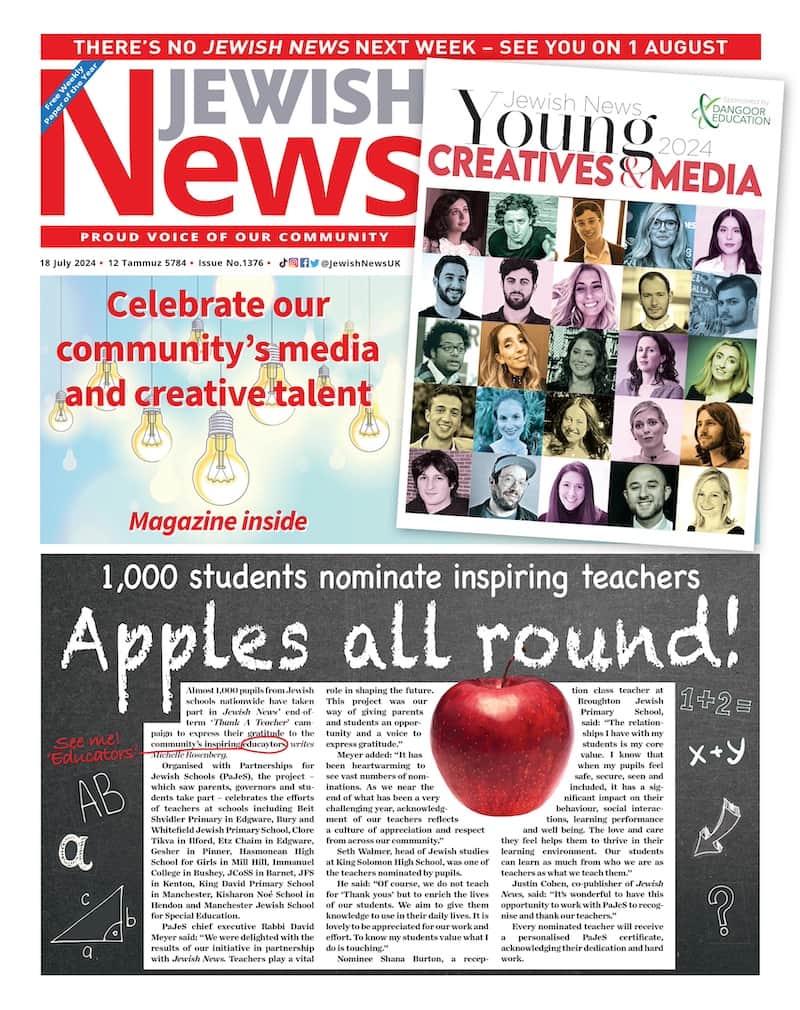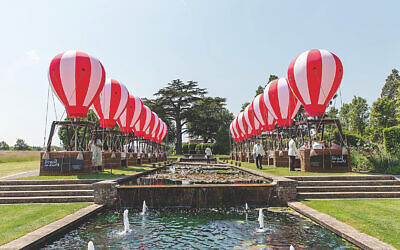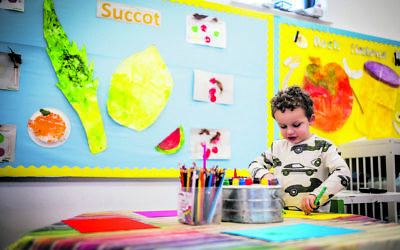Faces of survival
Photographer Matt Writtle commemorates 101 Holocaust survivors in his new book, Portraits For Posterity
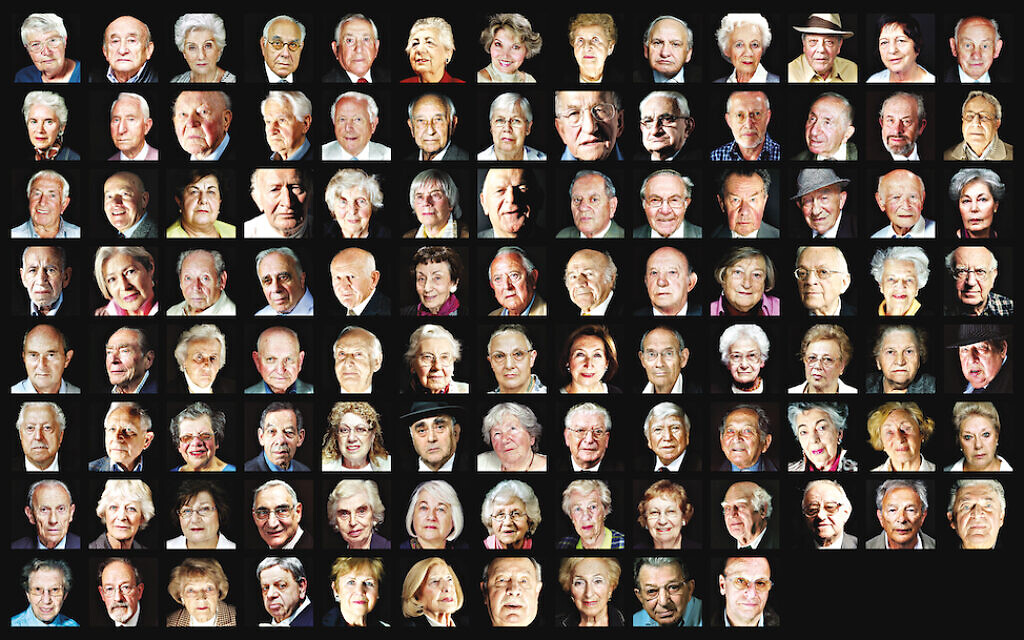
If pictures are worth a thousand words, then Matt Writtle’s breath-taking portraits of Holocaust survivors must fill an entire library.
For more than two years, Writtle, alongside curator Jan Marsh and project manager Jacki Reason travelled across the country to photograph and record the personal testimonies of 101 survivors of Nazi atrocities.
Thirty of the photographs were initially exhibited at City Hall in 2007 and now, more than a decade later, Writtle has brought the collection together in a new book, Portraits For Posterity.
Get The Jewish News Daily Edition by email and never miss our top stories Free Sign Up
Writing in the foreword, project organiser Reason explains that the idea came about after visiting the Holocaust exhibition at the Imperial War Museum for the first time and realising that one of the video testimonies showed a familiar face.
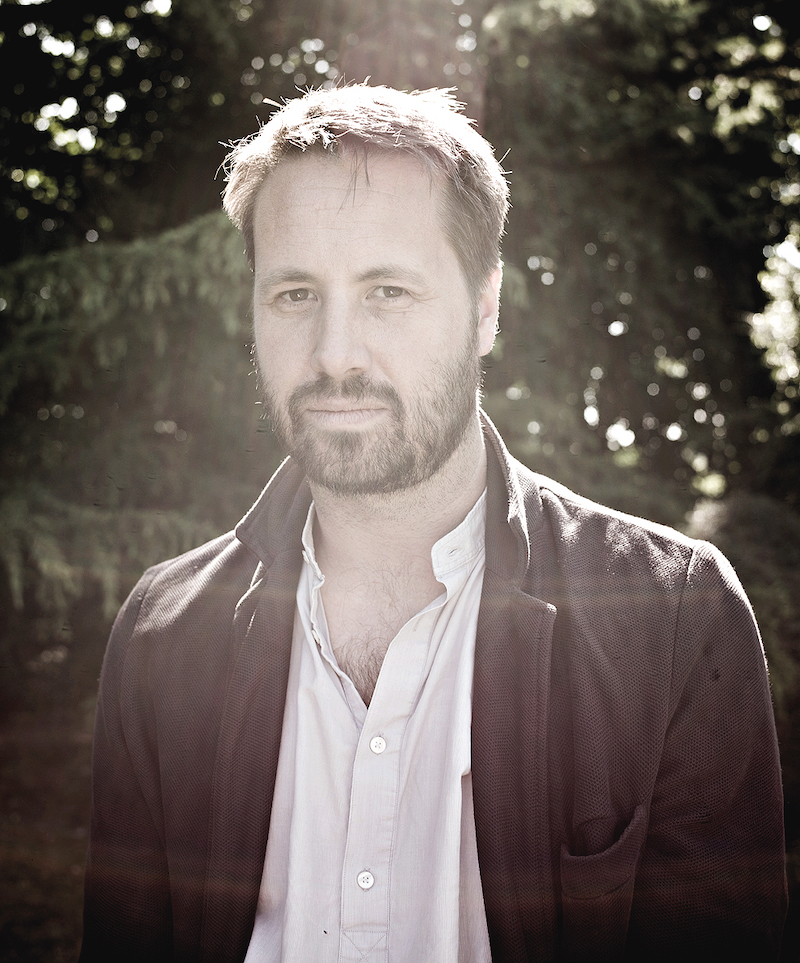
“He was Roman Halter, whom I met every day in the swimming pool, and who lived five minutes away.”
Fellow swimmer Marsh, who worked at the National Portrait Gallery, suggested creating a portrait of Halter and it wasn’t long before Reason enlisted the help of her neighbour, Writtle, a freelance photographer for The Times.
When the proposal was put to Halter, his response was: “Yes, but why just me?” From there, he introduced the group to his wife Susie, who was a fellow survivor, and put them in touch with both the Holocaust Survivors’ Centre and ’45 Aid Society.
Beginning with one portrait and testimony, they swiftly progressed to 30 and then 100 – “adding one more for luck”, writes Marsh.
They travelled from London to Manchester, Leeds and Hove and the portraits were exhibited across the length of the country, from Cornwall
to Liverpool.
The exhibited portraits made an impact. Measuring 20” by 16”, visitors would find themselves staring into the life-like sized faces of more than a hundred men and women who had witnessed the barbarity of the Nazi regime and, importantly, survived.
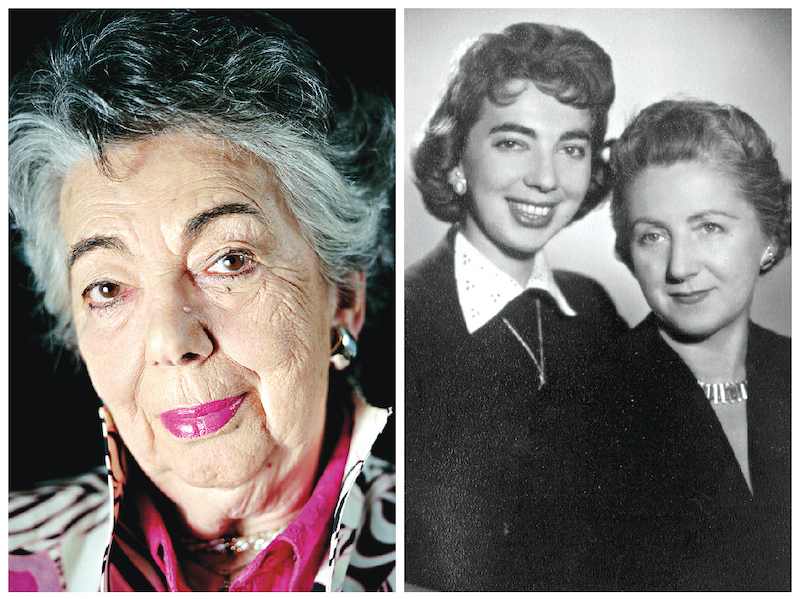
But despite the success of the exhibitions, Writtle always felt the collection would be “perfect as a permanent memorial in a book”, not only to preserve their history for future generations, but also to make
it more accessible to the wider public.
“The reasons behind doing this are clear and obvious, in that the book is a reminder to everyone, especially in contemporary times, to look and see what these people had to endure,” he explains.
“This is what human beings did to other human beings. Given the nationalisation and protectionism currently existing, it is not a far reach to think something like this can happen again.”
From the outset, Writtle wanted to tell the stories of the survivors through the power of the lens and suggested the portraits should relate their individual contributions to British society. But after discussing it with Halter, he realised all that was needed was a much simpler approach for a more powerful message.
He explains: “I chose black to symbolise the horror of the Holocaust and used the light as a symbol of their survival.”
Using film and a medium-format camera, he fixed a single light high up and over the shoulder of his subject, while three reflectors surrounded his camera lens. The resulting effect was that the survivor could neither see him nor his assistant during the shoot, allowing him to capture even the smallest moment of contemplation.
I chose black to symbolise the horror of the Holocaust and used the light as a symbol of their survival.
“You would see them start to go off into their own mind, lost in their thoughts – and that’s when I would take the picture,” adds Writtle.
Mostly the survivors would remain quiet throughout the shoot, preparing themselves to speak about their experiences afterwards.
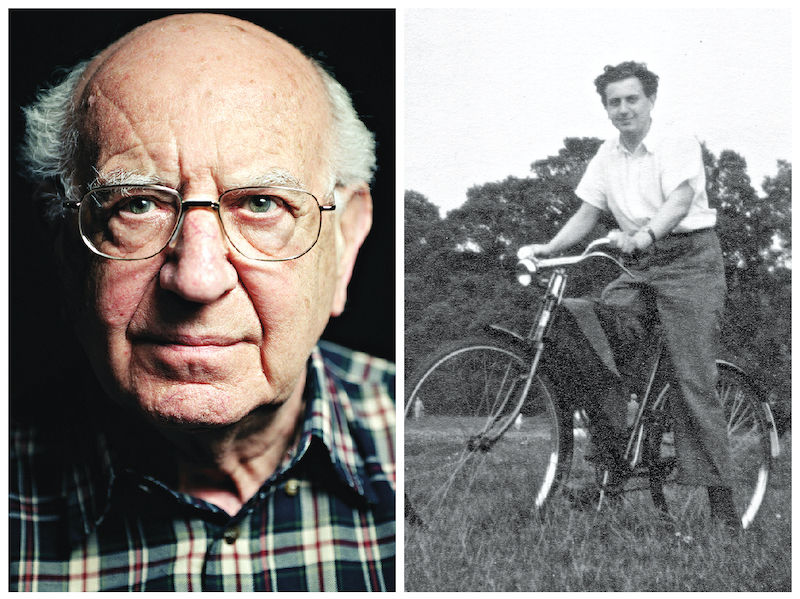
“But sometimes there would be occasions when the survivors would talk and that was when there would be tears behind the camera,” reveals Writtle. “I still can’t believe people would do that to people.”
One survivor’s story that has stayed with Writtle is that of Eva Clarke. “I remember she walked in and I remarked that she didn’t look old enough to be a survivor. She looked at me and said: ‘It’s funny you should say that. I will tell you my story in a moment.’
“I sat and listened to her story. Her mother weighed just six stone and was on the back of a cart going up to the gas chamber, when the Allies starting bombing. She then went into labour and had to give birth on the back of this cart, in silence, on her own, while other prisoners attempted to cover her. If she had been found out, the guards would have shot her and the baby.
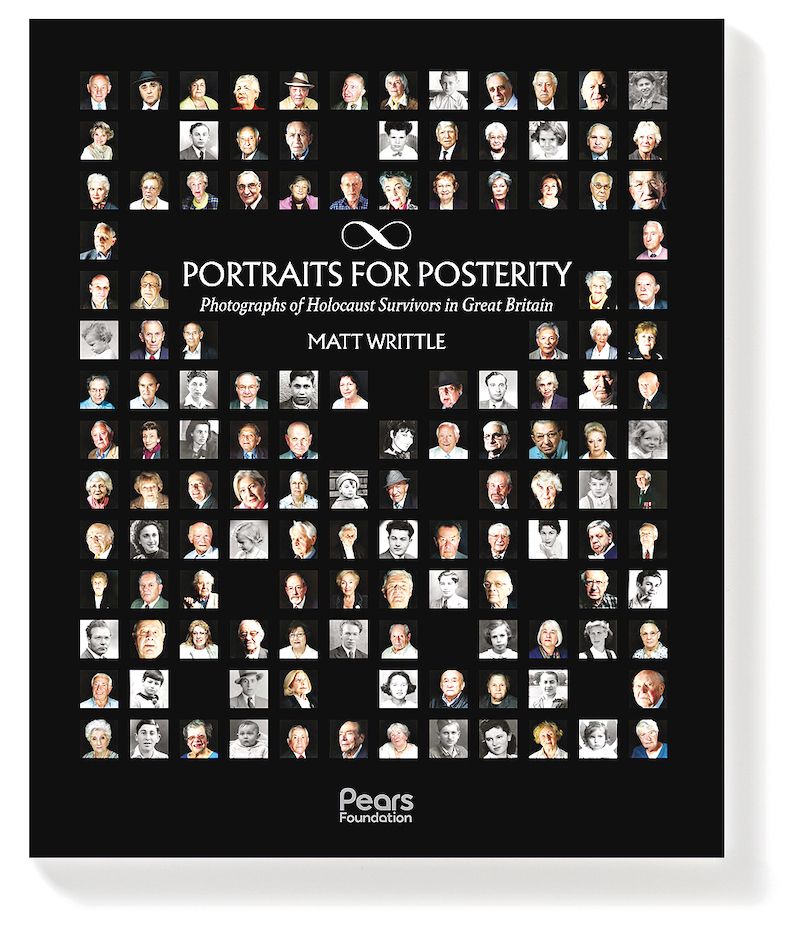
“There are so many horrendous stories, but that one for me really stood out.”
Having had the privilege of meeting so many Holocaust survivors, Writtle acknowledges they have a “special stoicism”.
“When you meet them, they could be my grandma, a family member, someone who is just like you and me – and that really was quite powerful to me, because it shows the Holocaust could happen to anyone.
“But at the same time, there’s no doubt they are impressive human beings, because they experienced something that horrific and yet were able
to continue with their lives.”
- Portraits for Posterity: Photographs of Holocaust Survivors in Great Britain by Matt Writtle is available from 16 November, priced £35 (hardback) at mattwrittle.com/shop
PORTRAITS OF SURVIVORS
Roman Halter
The truth of our past – the history of the Holocaust – must be taught, especially to younger generations, for the sake of concord among people and for the building of a better, safer future and world.
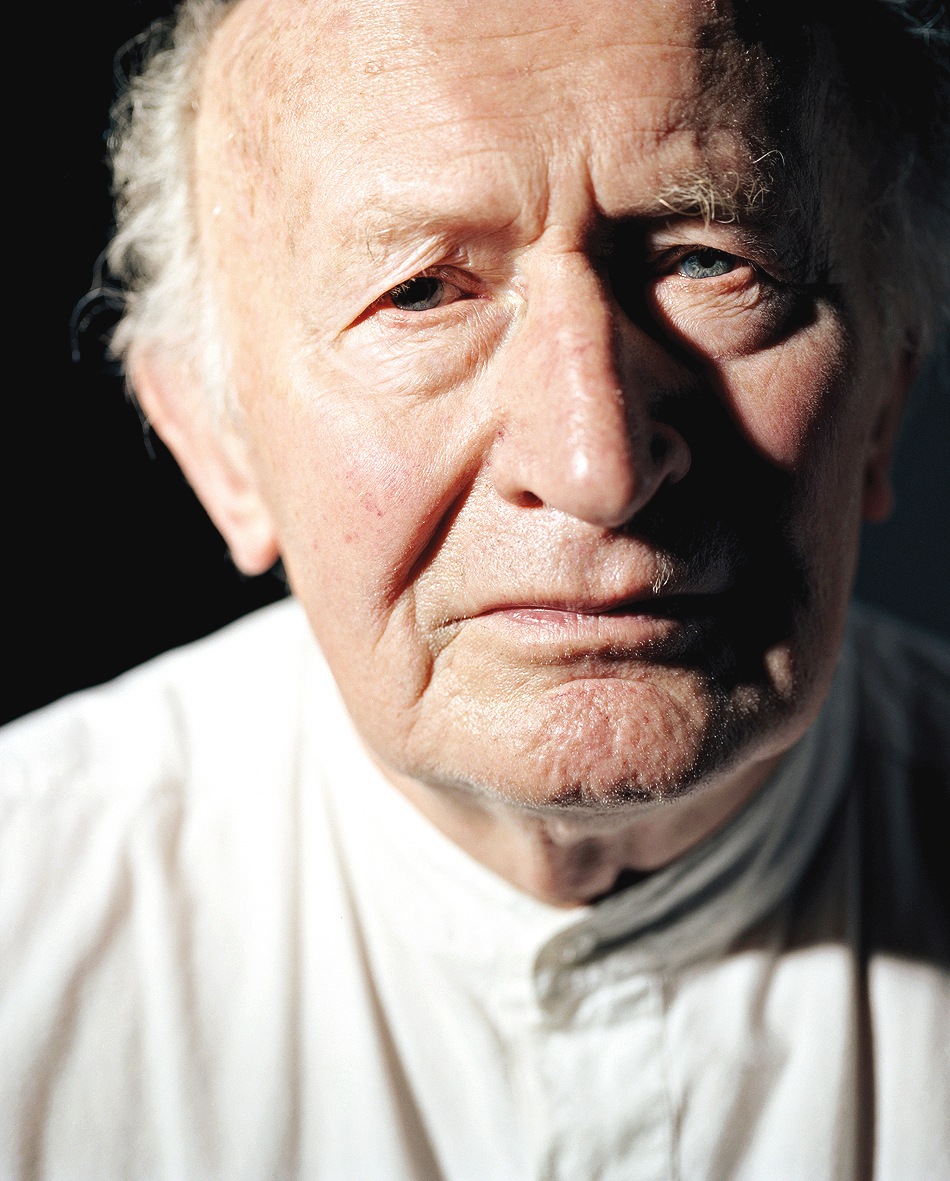
Born in 1927, in Chodecz, Poland, Roman was the youngest of seven. Between 1940 and spring 1945, Roman was in Lodz ghetto, Auschwitz-Birkenau and Stuffhof concentration camps.
One of ‘The Boys’, Roman came to Britain in autumn 1945, marrying fellow survivor Susie Halter.
They had three children and seven grandchildren. He qualified as an architect, taught architecture and opened his own practice in London and Cambridge.
Roman died in 2012.
Mala Tribich
“Less impersonal technology, more humanity.
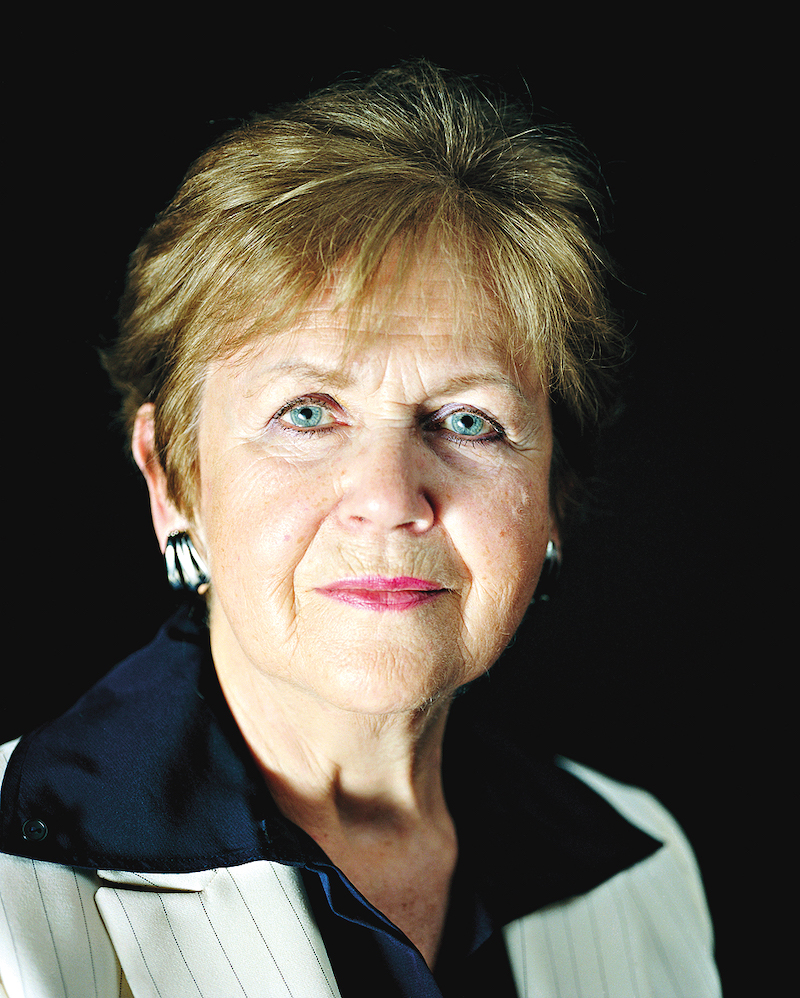
Mala Helfgott was born on 24 September 1930 in Poland and held with her family in Piotrkow ghetto until 1942, when she was smuggled out to live with a Christian family.
She was returned to the ghetto at the end of the year, when it seemed safe, but her mother and sister were murdered soon afterwards.
Between July 1943 and the end of the war, Mala was transferred first to a labour camp, then Ravensbruck and Bergen-Belsen, where she nearly died of typhus.
After liberation, she went to Britain and was reunited with her brother Ben.
She married architect Maurice Tribich and the couple have a son and daughter and three grandchildren. Mala was awarded an MBE in 2017.
Eva Clarke
Commemorate the past in order to learn the lessons of history; encourage responsibility to promote respect and tolerance for all.
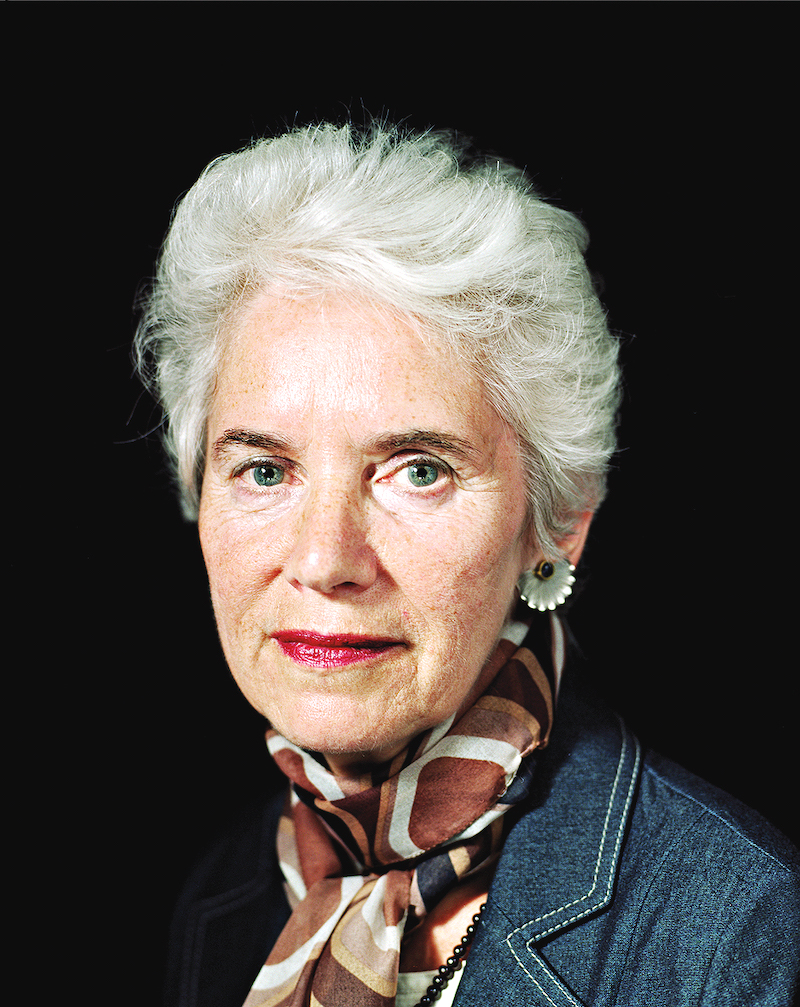
Eva (née Nathan) was born in April 1945 in Mauthausen concentration camp, Austria, to Anka Bergman and her architect father, Bernd, who was shot just months before on a death march near Auschwitz.
They were liberated a month later and she arrived in Britain in 1948, where she had a happy childhood in Cardiff with her mother and stepfather, Karel Bergman. Eva worked in further education for 20 years.
In 1968, she married Malcolm Clarke, a law professor at Cambridge University. They have two sons, Tim and Nick, and four grandchildren.
Eva was awarded the BEM in 2018.
Anita Lasker-Wallfisch
Words can never convey the abomination that took place. My story has a happy ending, unlike that of millions of others whose existence was obliterated. Their stories will never be told. Remember – and ask yourself: why?
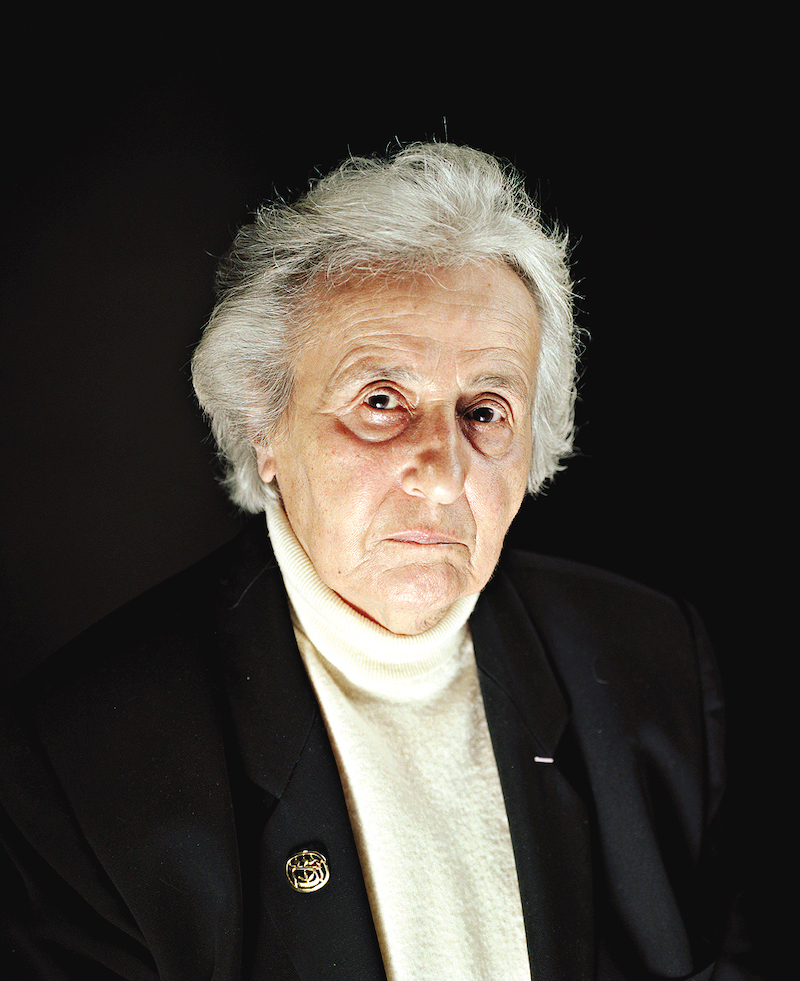
Anita Lasker was born on 17 July 1925 in Breslau, Germany, as one of three sisters. In 1942, their parents were deported and killed.
Anita and her younger sister, Renate, were sent to Auschwitz-Birkenau in 1943, where she survived as a cellist in the camp orchestra. In late 1944, they were transferred to Bergen-Belsen and were liberated on 15 April 1945.
She became a professional musician and married the late Peter Wallfisch. She has two children, Maya and Raphael, who is now a renowned cellist, and four grandchildren.
Anita was awarded an MBE in 2016.
Samuel Laskier
We have a duty never to forget what one nation can do to innocent human beings while the world looks on. Learn from it and do everything you can to ensure it never happens again.
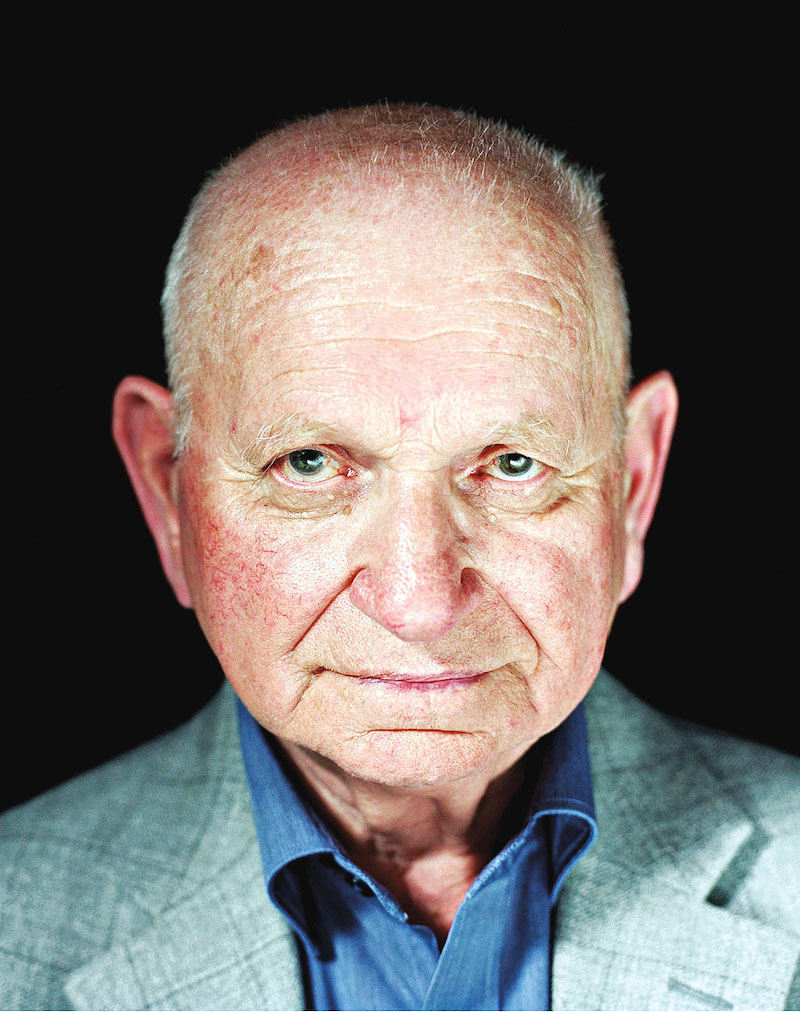
Schmuel Laskier was born on 27 August 1927, in Warsaw, Poland. During the war, he was sent to Bozochoff, Blizin, Starachovice, Skarzisko, Auschwitz-Birkenau, Buchenwald and, finally, Theresienstadt – a three-week journey in an open wagon, surviving on leaves, grass and frozen snow.
After liberation, Samuel travelled to Windermere in August 1945, as one of ‘The Boys’.
He settled in Manchester and was reunited with his sister, Rushka. He went into the garment trade, where he established his own wholesale business. In 1956, he married Blanche; they have four children and five grandchildren.
In 2005, he was presented to the Queen on the 60th Holocaust anniversary.
Eva Schloss
After the war and all its devastation, I despaired of life. It took 30 years, three lovely daughters, and much else, for me to become more positive, and realise that life can be beautiful. We must and can fight evil.
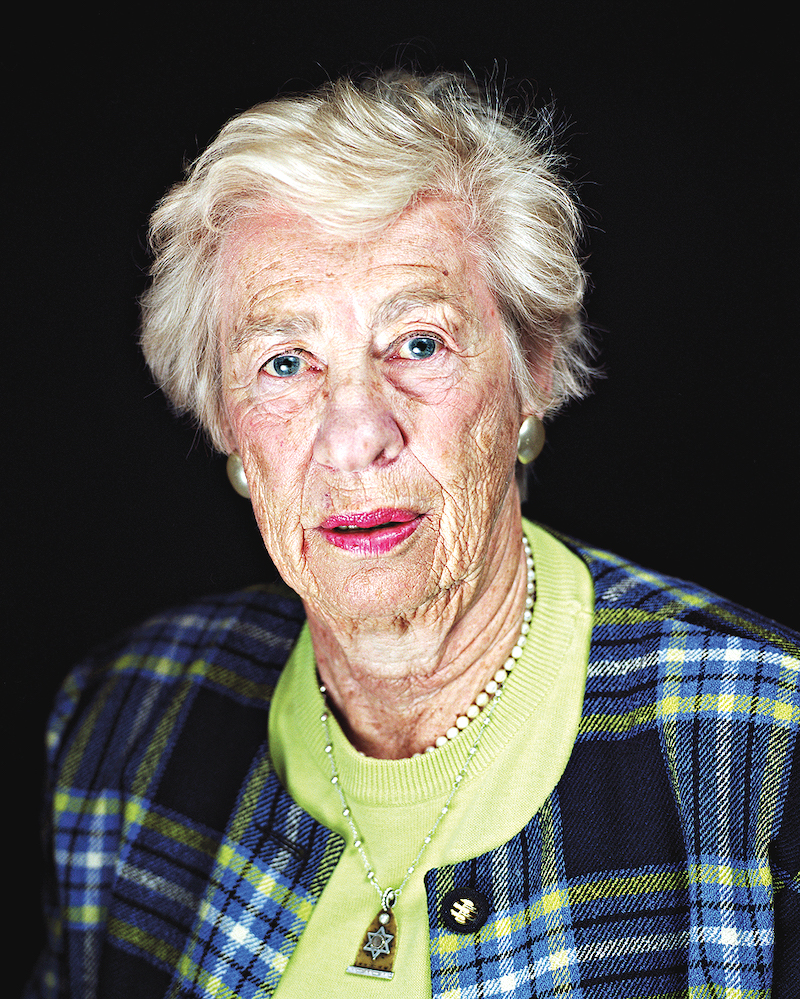
Born Eva Geiringer on 11 May 1929 in Vienna, Eva and her family left for Amsterdam after the Nazi annexation of Austria.
By 1942, the family went into hiding, but two years later they were all arrested and transported to Auschwitz-Birkenau. Her father and brother died in Mauthausen.
After liberation, Eva and her mother came to Britain, where she married Zvi Schloss. They have three children and five grandchildren.
Eva worked as a photographer for 20 years and then ran an antiques business. She became Anne Frank’s stepsister posthumously when her mother married Otto Frank in 1953.
She was awarded an MBE in 2012.
Ben Helfgott
Beware! Do not repeat the mistakes of the 20th century. Be tolerant and work in harmony with people of all races and creeds; reject hatred and revenge. Reach out with tolerance: live with integrity and give of yourself to society. Endeavour to enhance human dignity
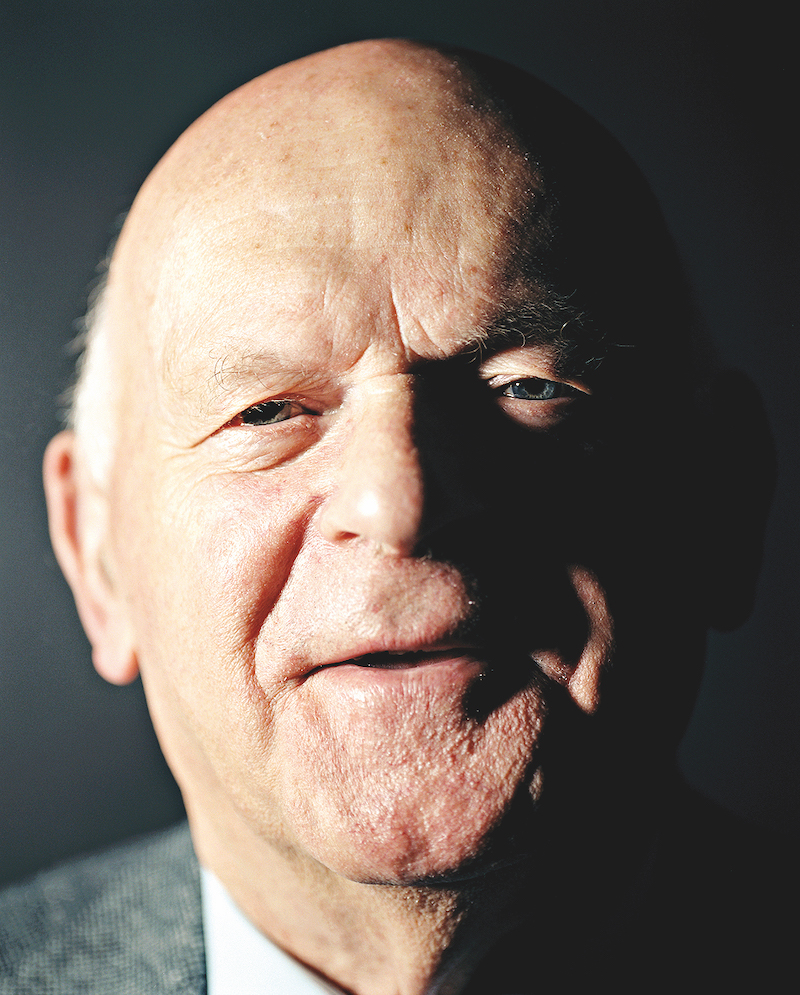
Ben was born in Pabianice, Poland, in 1929. After three years in the PiotrkowTrybunalski ghetto, he went to Bugaj and Hortensia labour camps and then Buchenwald, Schlieben and Theresienstadt. His mother and youngest sister were murdered in 1942.
Ben came to England in August 1945 as one of ‘The Boys’ and in 1947 was reunited with his younger sister, Mala.
He became a successful businessman and champion weightlifter. In 1956 and 1960, he captained the British Olympic Weightlifting Teams – the only known concentration camp survivor to have participated in the Olympics.
He was British Lightweight Champion for seven years and gold medallist at the 1950, 1953 and 1957 World Maccabiah Games.
Ben was knighted in 2018. He and his wife Arza have three children and eight grandchildren.
Arek Hersh
Our past must be taught and never be forgotten, in the hope future generations will learn to be tolerant and live in peace
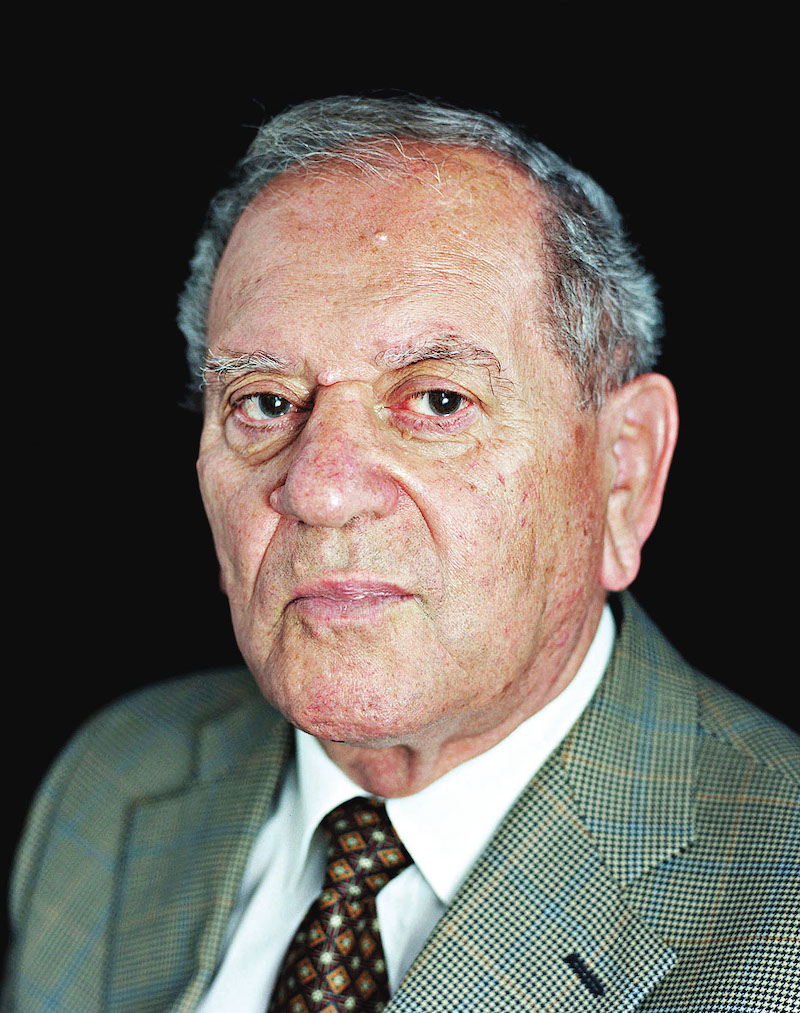
Born Arek Herszlikowicz on 13 September 1928, in Sieradz, Poland, Arek had three sisters and a brother. After the German occupation, the family escaped to Lodz, but soon returned to live in the Sieradz ghetto until March 1940, when Arek was taken to Otoszno.
Between 1942 and 1945, he went back to Sieradz, was deported to Lodz and then to Auschwitz, before enduring a death march to Buchenwald and a month-long train journey to Theresienstadt. He was liberated on 8 May 1945 and arrived in Britain as one of ‘The Boys’.
He settled in Manchester and trained as an electrician, before becoming a property developer.
Arek married his second wife, Jean, in 1982. He lives in Leeds and has three daughters and seven grandchildren.
In 2009, he was awarded an MBE for his Holocaust education work.
Hans Alter
Be on your guard against racism in all shapes and forms. It is very dangerous indeed
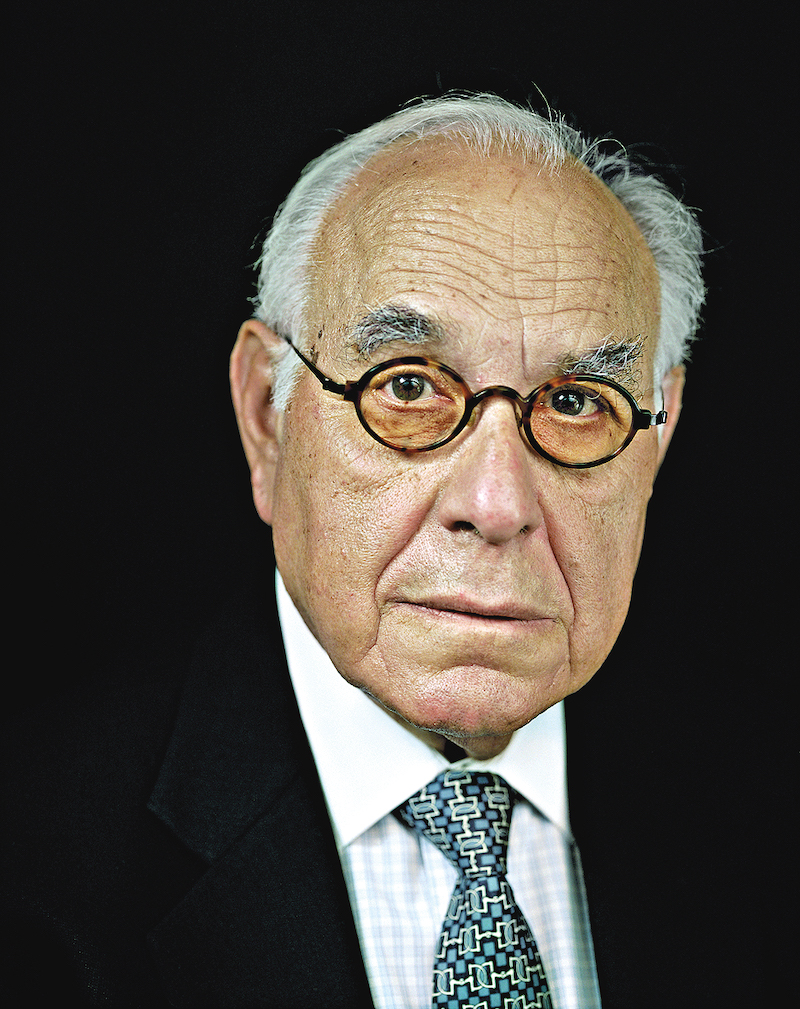
He was born Heyman Maurits Alter on 19 April 1933, in The Hague, Netherlands. Hans, his grandparents, father Philip, mother Frieda and sister Suze went into hiding in 1941.
They spent nearly three years in a 6’ x 6’ hole in the ground and only left on 18 April 1945, when they were liberated by the British Army.
Hans came to England to study textiles in 1950, before returning to join the family business in the Netherlands the following year.
In 1973, he returned to London and joined a woollen merchant in Savile Row. By the time he retired, in 1985, he was a director.
Hans married fellow survivor Anita Klein in 1959. They have two sons and four grandchildren.
Susie Halter
Having gone through a very traumatic time in my youth, I do hope my grandchildren and future generations will live in harmony
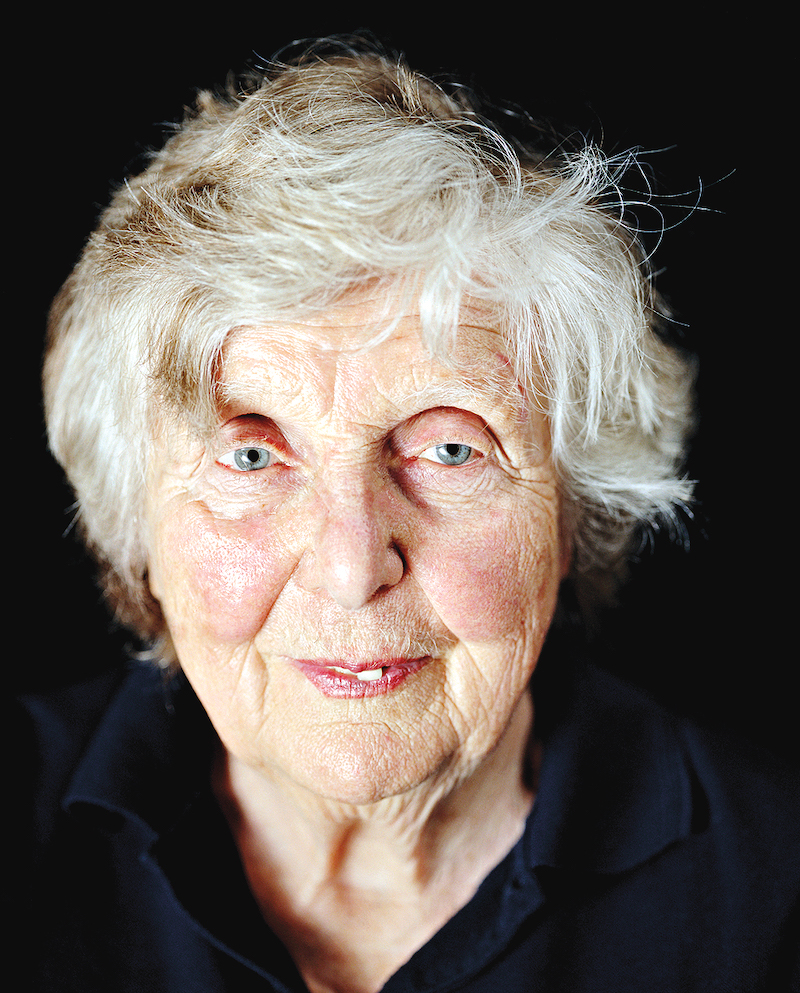
Born Zsuzsanna Nador, in 1927 in Budapest, Hungary, Susie escaped from a women’s transport on the way to the Hungarian/ Austrian border in 1944.
She had to live in hiding, under an assumed name and saw people being shot on the frozen Danube. Susan arrived in Britain in 1947 and swam for Hungary in the 1948 Olympics.
She married Roman Halter, a fellow survivor, in 1951 and had three children and seven grandchildren. Susan died in 2015.

Thank you for helping to make Jewish News the leading source of news and opinion for the UK Jewish community. Today we're asking for your invaluable help to continue putting our community first in everything we do.
For as little as £5 a month you can help sustain the vital work we do in celebrating and standing up for Jewish life in Britain.
Jewish News holds our community together and keeps us connected. Like a synagogue, it’s where people turn to feel part of something bigger. It also proudly shows the rest of Britain the vibrancy and rich culture of modern Jewish life.
You can make a quick and easy one-off or monthly contribution of £5, £10, £20 or any other sum you’re comfortable with.
100% of your donation will help us continue celebrating our community, in all its dynamic diversity...
Engaging
Being a community platform means so much more than producing a newspaper and website. One of our proudest roles is media partnering with our invaluable charities to amplify the outstanding work they do to help us all.
Celebrating
There’s no shortage of oys in the world but Jewish News takes every opportunity to celebrate the joys too, through projects like Night of Heroes, 40 Under 40 and other compelling countdowns that make the community kvell with pride.
Pioneering
In the first collaboration between media outlets from different faiths, Jewish News worked with British Muslim TV and Church Times to produce a list of young activists leading the way on interfaith understanding.
Campaigning
Royal Mail issued a stamp honouring Holocaust hero Sir Nicholas Winton after a Jewish News campaign attracted more than 100,000 backers. Jewish Newsalso produces special editions of the paper highlighting pressing issues including mental health and Holocaust remembrance.
Easy access
In an age when news is readily accessible, Jewish News provides high-quality content free online and offline, removing any financial barriers to connecting people.
Voice of our community to wider society
The Jewish News team regularly appears on TV, radio and on the pages of the national press to comment on stories about the Jewish community. Easy access to the paper on the streets of London also means Jewish News provides an invaluable window into the community for the country at large.
We hope you agree all this is worth preserving.
- Portraits For Posterity
- Features
- Holocaust Survivors
- Matt Writtle
- Jan Marsh
- Jacki Reason
- City Hall
- Roman Halter
- National Portrait Gallery
- Holocaust Survivors Centre
- 45 Aid Society
- Bozochoff
- Blizin
- Starachovice
- Skarzisko
- auschwitz-birkenau
- Buchenwald
- Thereseienstadt
- Lili Pohlmann
- Thomas Konrad
- Mala Tribich
- Eva Clarke
- Anita Lasker-Wallfisch
- Samuel Laskier
- Eva Schloss
- Ben Helfgott
- Arek Hersh
- Hans Alter
- Susie Halter
-
By Brigit Grant
-
By Laurent Vaughan - Senior Associate (Bishop & Sewell Solicitors)
-
By Laurent Vaughan - Senior Associate (Bishop & Sewell Solicitors)
-
By Laurent Vaughan - Senior Associate (Bishop & Sewell Solicitors)
-
By Laurent Vaughan - Senior Associate (Bishop & Sewell Solicitors)

